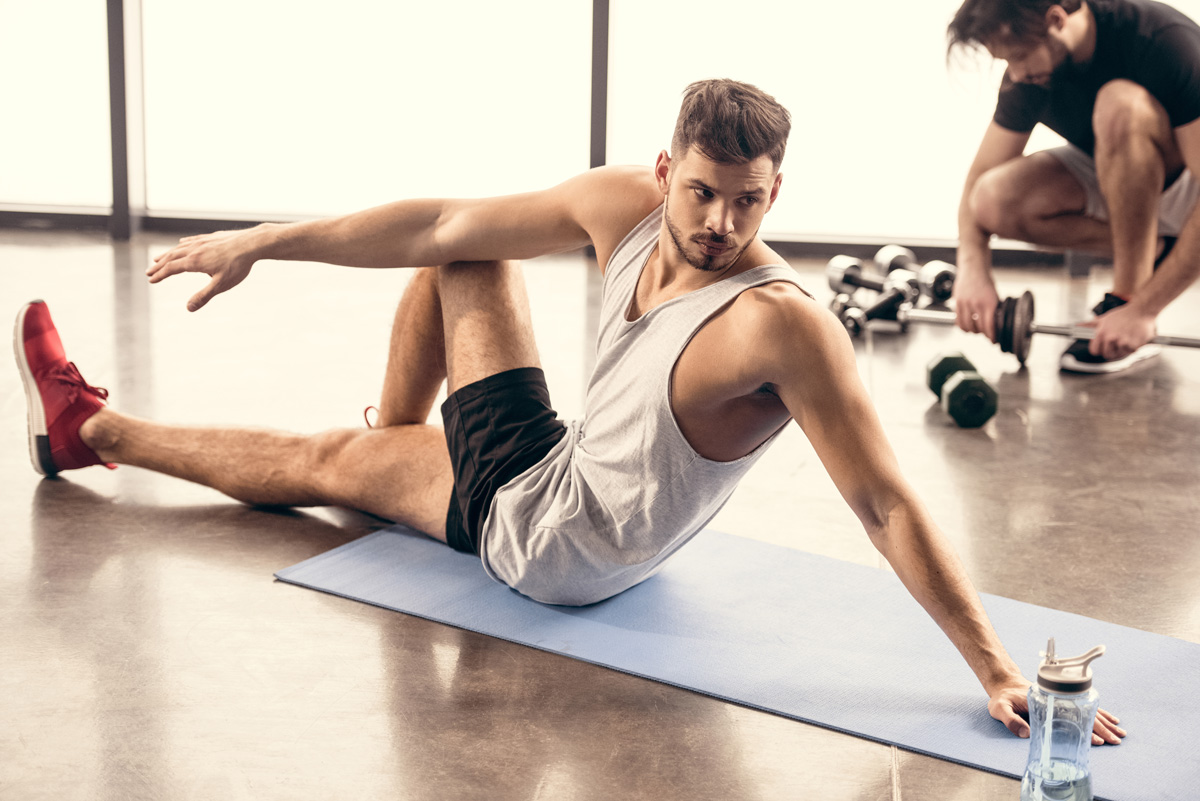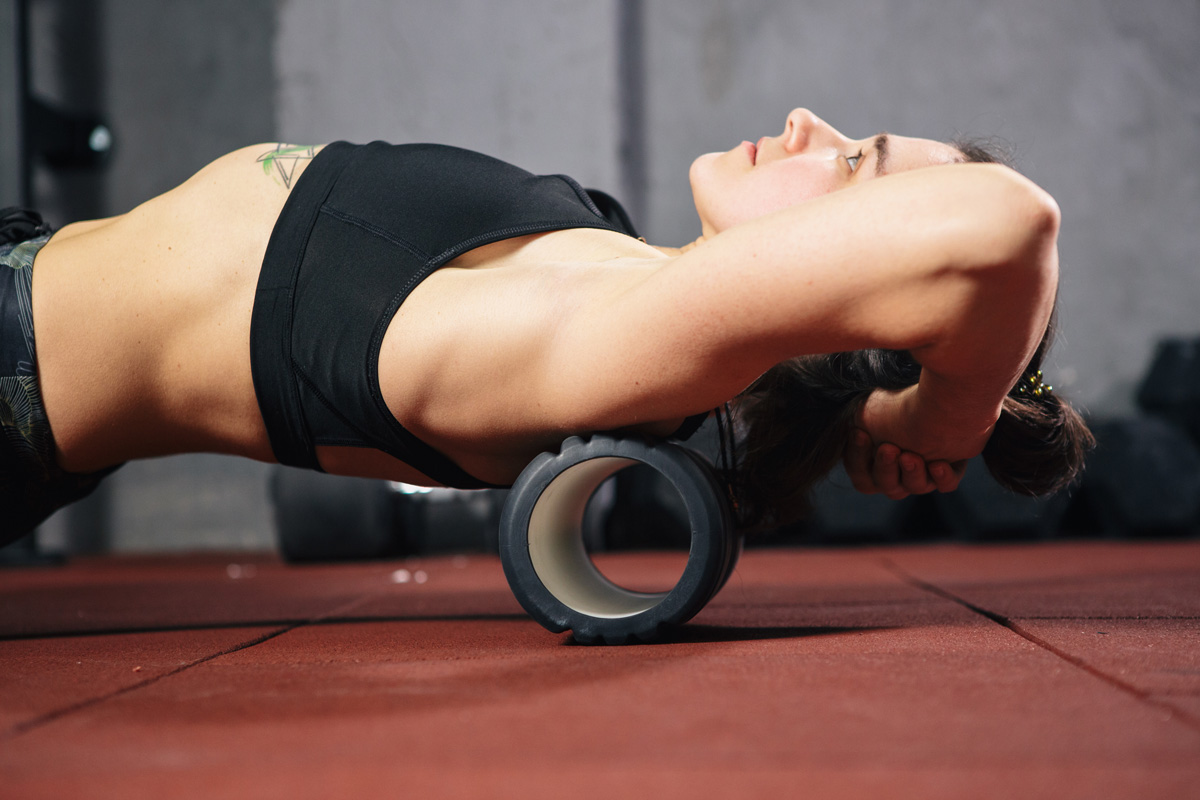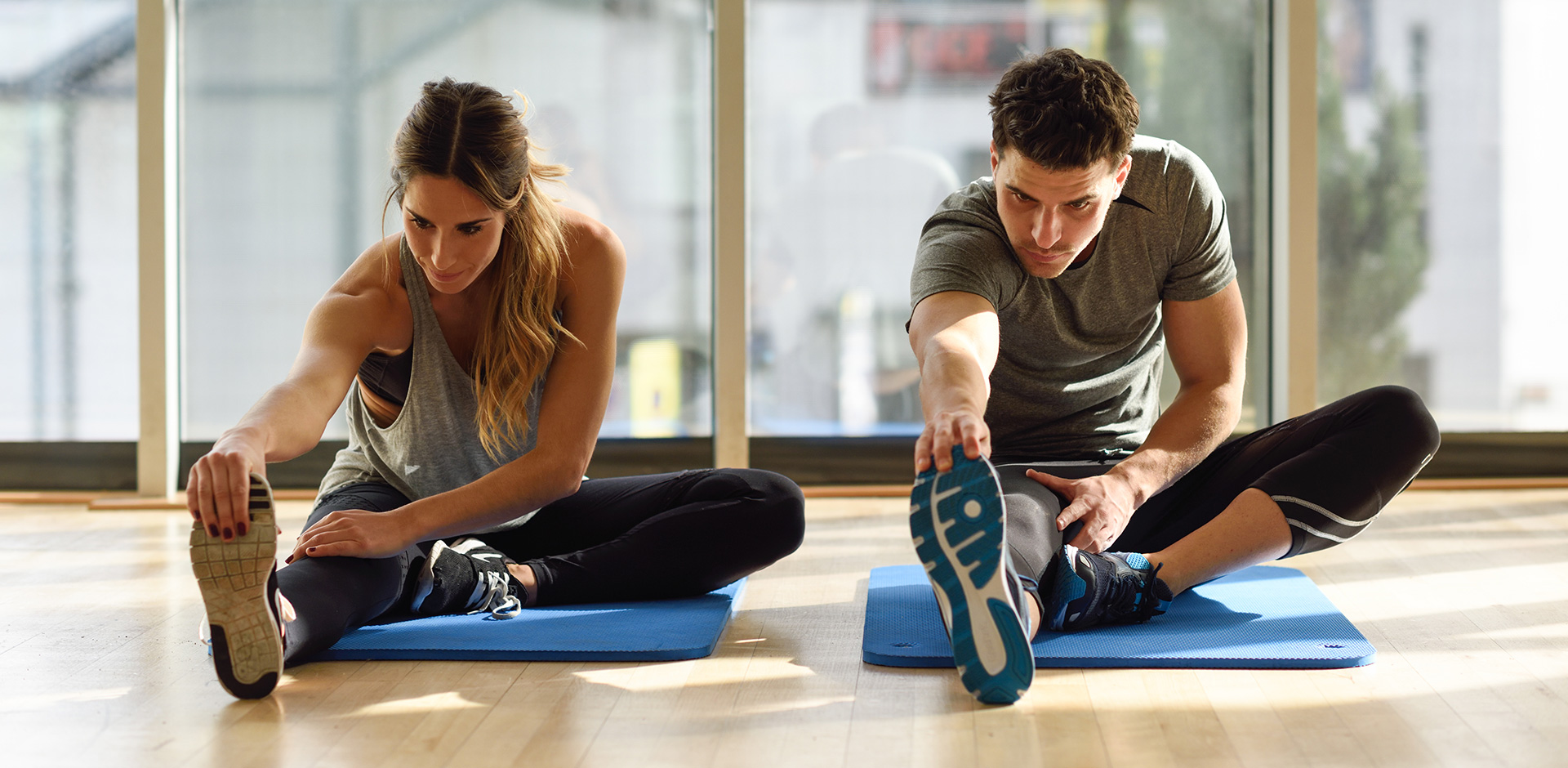Do you know this view of the gym where people lie on the mat, bent in unnatural poses, hang on ladders and "push" walls? You wonder why they are doing it, and once you find out that they are practicing stretching - you want to try it yourself. Unfortunately, you do not know how to go about it and when. Before training or after? I am writing this article to clarify a few issues regarding this matter.
Tense muscles are the last thing we need in times when there is a lot of stress in everyday life. You should know that regular stretching exercises: allow you to relax physically and mentally, increase the elasticity and flexibility of muscles and ligaments, increase the capacity of blood vessels, prevent injuries and muscle and joint pain.
There are two stretching methods
Dynamic method
The dynamic method is based on quick movements in the full range of muscle work. These will include, for example, the swings of the hands or legs or bends of the torso. Stretching occurs when tightening one muscle affects the antagonistic muscle (opposing, eg biceps and triceps), extending it. This method fits in perfectly before starting the workout because it pre-activates the muscles to work and warms them up thanks to which we minimize the risk of injury. It also affects the improvement of stability in compound exercises (through muscle activation). Remember to do dynamic exercises in 2-3 series of 10 repetitions.
Static method
The static method involves keeping the muscle stretched for some time (20-30 seconds). For many years, there is a belief that it should be done immediately after training to prevent muscle contractures. According to many physiotherapists, static stretching is not recommended immediately after exercise, as it can prolong the regeneration time and expose you to a greater risk of injury. This is because the muscle after the training is micro damaged, and the direct stretching it after intensifies these damages. So, it works completely the opposite - instead of stretching the contorted tissue, we only increase its degeneration, which eventually leads to larger contractures. Static stretching should be planned as a separate training unit.

How to shape your stretching program?
Frederick Delavier in his book “Stretching”, writes:
• Beginner should perform 2 or 3 stretching series for exercise. Each stretching should last 15-20 seconds. The overall program contains 5-7 exercises
• Intermediate program consists of 4-5 stretching series carried out for 20-30 s. The full session includes 6-8 exercises.
• Advanced program consists of 5-6 stretching series carried out for 20-45 sec. The full session includes 10-12 exercises.
After training, a quick and effective way to reduce the tension of sore muscles without increasing their microdamage will be very popular recently - rolling. In order to understand the mechanism that occurs in our body while rolling, the definition of fascia should be mentioned at the beginning. It is the outer membrane that surrounds the muscles, built of fibrous connective tissue. It is a kind of "net" that covers the whole body and maintains its structure.

Rolling
Rolling is an auto-massage that sets collagen fibers in motion by hydrating them and making them more elastic. When the fascia is properly hydrated and is not "glued" (does not adhere to the muscles) then it can perform its own functions, and we also notice an increased range of motion. Rolling can be carried out by using specially designed devices (roller, ball, duoball) made of foam of different hardness and with different surface structure. The stronger the roller, the more effective it is, but also the more painful its pressure. Therefore, if you know that you are very tense, I suggest using a low or medium hardness roller. There are also medical rollers that are very hard and can be used by very stretched people who only want to reduce the tension immediately after training.
Effective use of the roller
The shape of the surface of the roller is important in its use. The flat roller will be perfectly suited for post-workout roll-up sessions. Keeping the pressure of the roller against the most painful places (trigger points) will be extremely effective in reducing tension. Using flat rollers before training to "mobilize" or "activate" muscles (very popular concepts in recent times) is a common mistake. Such rolling disturbs the proprioception of our body. This is called deep feeling, a kinesthetic sense that is responsible for the fact that our body knows in which place and position our joints, muscles and body parts are. Proprioceptors are found in the muscles and provide the brain with information about muscle tonus. Rolling with a flat roller before training disturbs this process. A roller with a more marked tread or spikes comes to the aid (of course rubber, no fear), which is great for rolling before training. Its action is based on stimulation of circulation in the muscles. We do not hold the pressure, but we dynamically roll it over the entire length of the muscles.
Rolling can be a substitute for stretching. Some say that it is more effective because it reaches the deeper layers of muscle tissue to better loose it. However, there are no contraindications to combine these activities into comprehensive stretching / rolling sessions.




